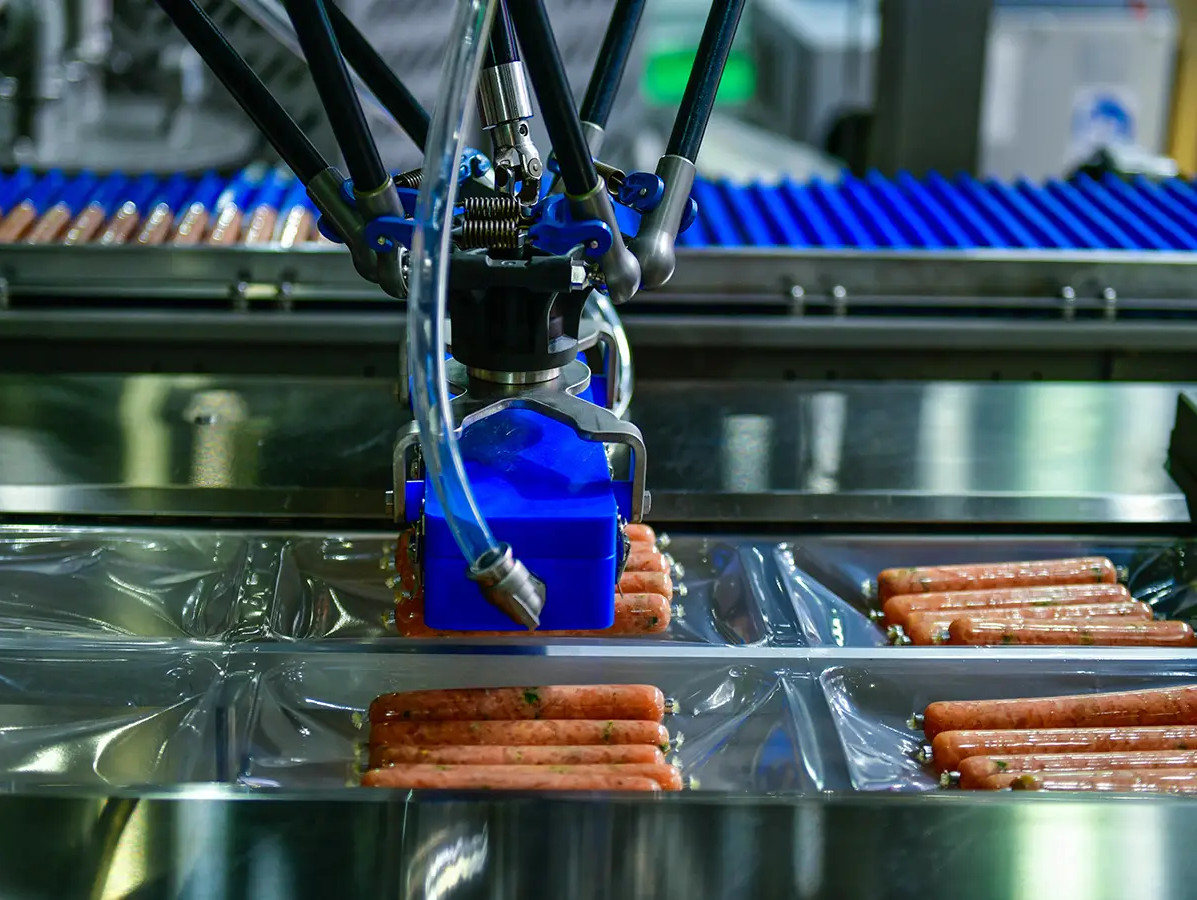
Geopolitical risks are placing increasing strain on the food and agri sector. From US trade tariffs to tensions in the Red Sea and growing concerns about cybersecurity — the list is getting longer. Between March and May 2025, ING analysts spoke with leaders in the global food, beverage and agribusiness industries. Their approaches to risk management vary widely.
US trade policy topped the list of concerns, followed by war and digital threats. Volatility in commodity and currency markets also plays a role. “Price volatility is nothing new, but the swings are much more extreme now,” said a European agricultural input supplier. And when consumer and business confidence starts to falter, investments in equipment and operations often take a hit.
Some companies rely on scenario analyses, others on informal discussions or reactive strategies. Much depends on where a company operates, its size, and its appetite for risk. European companies tend to be more exposed to geopolitical disruptions due to their high dependence on trade and raw materials.
Most efforts focus on identifying and mitigating risks. The 4R model — risk assessment, risk reduction, ringfencing and rapid response — is a recurring theme. Tariffs? Some companies had been preparing for months. Others took a wait-and-see approach. “I thought we were safe,” said one manager in response to the US measures. Whether that assumption holds remains to be seen.
In both Europe and North America, food companies are holding more inventory than before. In the EU, the average number of inventory days rose from 74 to nearly 82. Firms like Ingredion, Heineken and Diageo reported higher costs due to rerouted supply chains and increased stock levels.
Interestingly, hedging strategies have remained largely unchanged. Greater market volatility doesn’t automatically lead to more financial hedging. In some cases, the exposure is limited, or contracts already offer a natural hedge. But even when hedging is used, it brings risks of its own — especially in the form of margin calls that can put significant pressure on liquidity. This was one reason why activity in derivatives markets dropped in 2022. A recovery has only recently started to take shape.
The war in Ukraine underscored the fragility of food supply chains. Governments — even in countries where this had not previously been a priority — are now putting food security higher on the agenda. This includes investments in local production and national stockpiles. Poland, Finland and Norway have already taken steps, China has increased its agricultural budget, and stock levels across Asia have reached historic highs.
For companies, this shift could bring benefits — from more stable regulatory frameworks to access to strategic initiatives. At the same time, new risks are emerging: price distortions, unequal access to food supplies, and rising tensions over foreign investment in strategic assets such as ports and farmland.
Source: ING